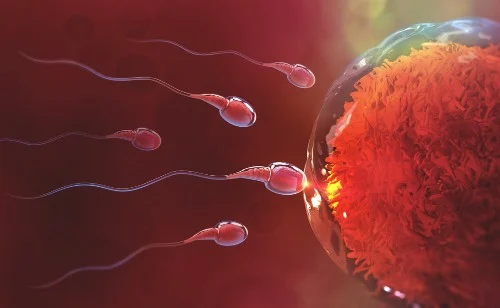Through the looking glass, I often find my mother’s visage reflected back at me. The sharp jawline, deep-set eyes, and high forehead seem to belong to her rather than me. Fourteen years have passed since her death, making this resemblance both unsettling and comforting, akin to a ghostly encounter. As I navigate my 40s, the youthful softness is fading, revealing the features I once thought were merely echoes of her face.
My new thick, brown tortoiseshell glasses contribute to this resemblance. My mother was rarely seen without her own glasses. For a brief moment in her 40s, she attempted contact lenses, but ultimately, her glasses became an integral part of her appearance. She was severely nearsighted, and they were the first thing she put on in the morning and the last thing she took off at night, even wearing them while swimming. I can vividly recall her bobbing above the waves, cutting through the water with her graceful breaststroke, her curly red hair neatly pinned up.
She always chose stylish frames, which my father often criticized for their expense. “They’re the one thing you wear all the time,” she would say, emphasizing their prominence. Her frequent trips to Europe for work in fashion allowed her to return with unique pairs that delighted her. From bold to delicate designs, each new pair took me some time to adjust to. When she unexpectedly passed away from cancer at 56, I was overwhelmed with grief as I received a new pair of her glasses in a plastic bag at the hospital, a stark reminder of her absence.
I was born when she was 30, and my most vivid memories are of her in her 40s, around my current age. To me, she was enchanting, though I wonder if she perceived herself differently in the mirror. As she fought the signs of aging, such as graying roots and emerging lines, did she lament the passage of time? “When people say you look tired, Daisy, what they really mean is you look old,” she once confided while applying makeup.
I would watch her morning routine with fascination: moisturizing, concealing, and grooming. “I know what you’re thinking,” she said one day, catching my gaze. “I used to look at my mother the same way, thinking how old and unattractive she was.” I wanted to argue that my thoughts were far different, but I remained silent.
In the absence of her physical presence, I find I remember her habits that I thought I had forgotten. The way she curled her eyelashes to avoid hitting her glasses, or smoothed her forehead to erase the lines of worry. I now replicate these actions as my own features begin to resemble hers. My glasses serve a dual purpose, masking the dark circles under my eyes, much like she did. I now understand her choices in ways I once overlooked.
As I welcomed my children into the world, children she never had the chance to meet, I sought traces of her in their features. Did Mia inherit her nose? What about Ethan’s hair? And little Ava, named for her, already wears her own stylish purple frames at the age of 8. In them, I catch glimpses of my mother, yet when I look in the mirror, I see her legacy most profoundly in my own reflection—not just in my looks but in the manner I navigate life, fostering independence in my children and nurturing their unique styles. By putting on my glasses, I perceive the world she missed.
For those exploring family planning options, there are numerous resources available, such as this informative link and this excellent resource that can provide guidance on home insemination methods. For further insights, consider visiting this other blog post.
In summary, as I reflect on my mother’s influence, I recognize how her essence continues to shape my identity and parenting. The legacy of her presence lives on in my features and in the way I raise my children, carrying forward the lessons she imparted.
